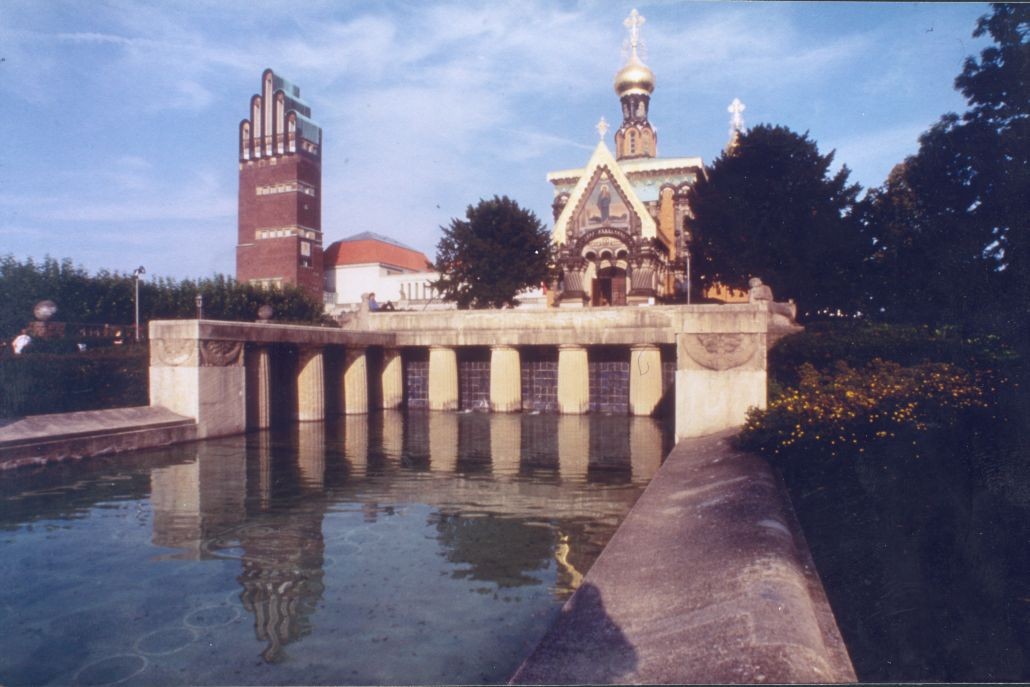The son of a carpenter and cabinet maker, he started work very young as a project assistant in the workshop of F. Vidal, where his father was already working, and very quickly stood out for his line skills in metalwork, glasswork, furniture making and interior decoration.
Once he had mastered the technique, in 1893 he set up on his own, in collaboration with his father, and it was then that he started to experiment with new formulas, moving away from the style of his master. Unlike other furniture makers of that time, which had a longer tradition and enjoyed greater prestige, the workshop was not very successful. However, this may well have enabled him to be freer in his designs, of which about a thousand are known. He typically made items of the best wood with marquetry, adapting them to the new designs of the moment. His work was also characterised by the use of mosaics for decoration and clear woods, which he alternated with others, such as oak. From 1900 onwards the principal ornamentation of the furniture he designed was based on Naturalist motifs belonging to Art Nouveau, but it gradually evolved, passing through a more Japonist stage before eventually arriving at Viennese art (Projecte d'armari amb marqueteria i talla [Design for a Wardrobe with Marquetry and Carving], 1903; MNAC collection).
The chief aim of this creator was to achieve an integral decorative whole, to which end the workshop also made wall panels using pyrography or stained wood. His best work is the furniture in the main lounge in Casa Lleó Morera (1905; Passeig de Gràcia, 35; now in the MNAC) and Casa Navàs (1901-1907; Plaça del Mercadal, 5, Reus).
Those he worked with include L. Domènech i Montaner, A. de Riquer, J. Pey and S. Junyent.


 Furniture maker and interior decorator
Furniture maker and interior decorator


